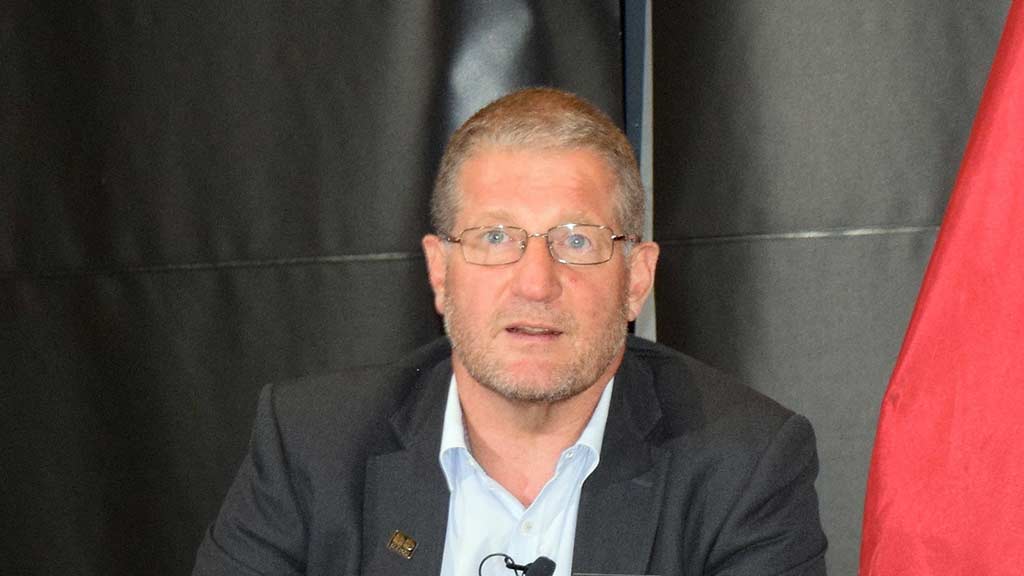ssiguy2
Senior Member
You are of course right that 1 single train isn't much but it will serve as an example of the technology for others to reference.
The 1 lone train is, however, a big deal in that it is built by Stadler, one of the world's biggest train manufacturers and this is going to be quickly followed by Siemens. This mean 3 of the biggest producers are in the hydrogen game lending to it's long term viability and very much an indication of where train technology is headed. The development of new technology requires mega-bucks which manufacturers would not invest in unless they see the long-term potential. Ditto for some of the largest car companies...…… Toyota and Hyundai. Both are spending very little on battery technology for their future autos and nearly all near time, research, and money on hydrogen
The 1 lone train is, however, a big deal in that it is built by Stadler, one of the world's biggest train manufacturers and this is going to be quickly followed by Siemens. This mean 3 of the biggest producers are in the hydrogen game lending to it's long term viability and very much an indication of where train technology is headed. The development of new technology requires mega-bucks which manufacturers would not invest in unless they see the long-term potential. Ditto for some of the largest car companies...…… Toyota and Hyundai. Both are spending very little on battery technology for their future autos and nearly all near time, research, and money on hydrogen






